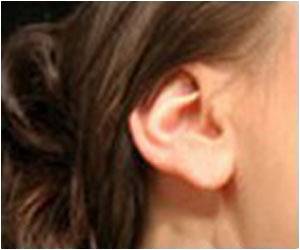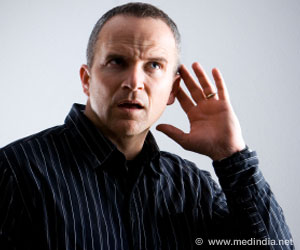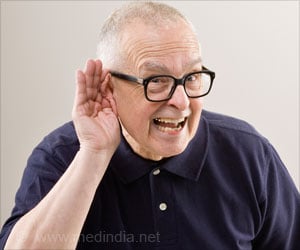Hearing gunshots at close range, attending loud concerts, or mowing the lawn with your ear buds cranked up to full volume, can result in hearing loss.

‘People don't realize there are different degrees of hearing loss. It's an invisible disability as there is no overt symptom of a person struggling.’





For example, hearing gunshots at close range when out hunting, attending loud concerts or football games, or mowing the lawn with your ear buds cranked up to full volume, can result in hearing loss. Exposure to hazardous noise isn't the only culprit; genetics plays a significant role, varying the effect noise has on a person's hearing. "Young adults can be identified as having reading, emotional or socialization problems and the cause of these problems is actually hearing loss," said Thomas Zalewski, professor of audiology, Bloomsburg University.
Sekhar and collaborators worked with the Penn State College of Nursing to conduct the study at Lebanon High School with 134 juniors. Nurses were trained to perform hearing tests with frequencies up to 8,000 Hertz. The highest frequency in the American Academy of Pediatrics hearing test is currently 4,000 Hertz. After two rounds of tests with the new protocol, the study was also repeated in a sound-treated booth, considered the gold standard for performing the test, to confirm the results. State-licensed audiologists analyzed results and two measures -- sensitivity and specificity -- were used to compare the new protocol to the standard protocol in the researchers' paper published in the Journal of Adolescent Health.
p>Sensitivity measures how good the test is at identifying if you have hearing loss. Adding the higher frequencies to the standard protocol improved the sensitivity from 58.1 percent to 79.1 percent. Specificity measures how good the test is at identifying if you do not have hearing loss. With two rounds of testing, the specificity decreased slightly from 91.2 percent to 81.3 percent. This decrease was expected, as increasing the sensitivity of a test results in a decrease in specificity.
"Hearing loss happens gradually, in a similar way to vision loss," said Zalewski. "People don't realize there are different degrees of hearing loss. It's an invisible disability as there is no overt symptom of a person struggling."
Advertisement









